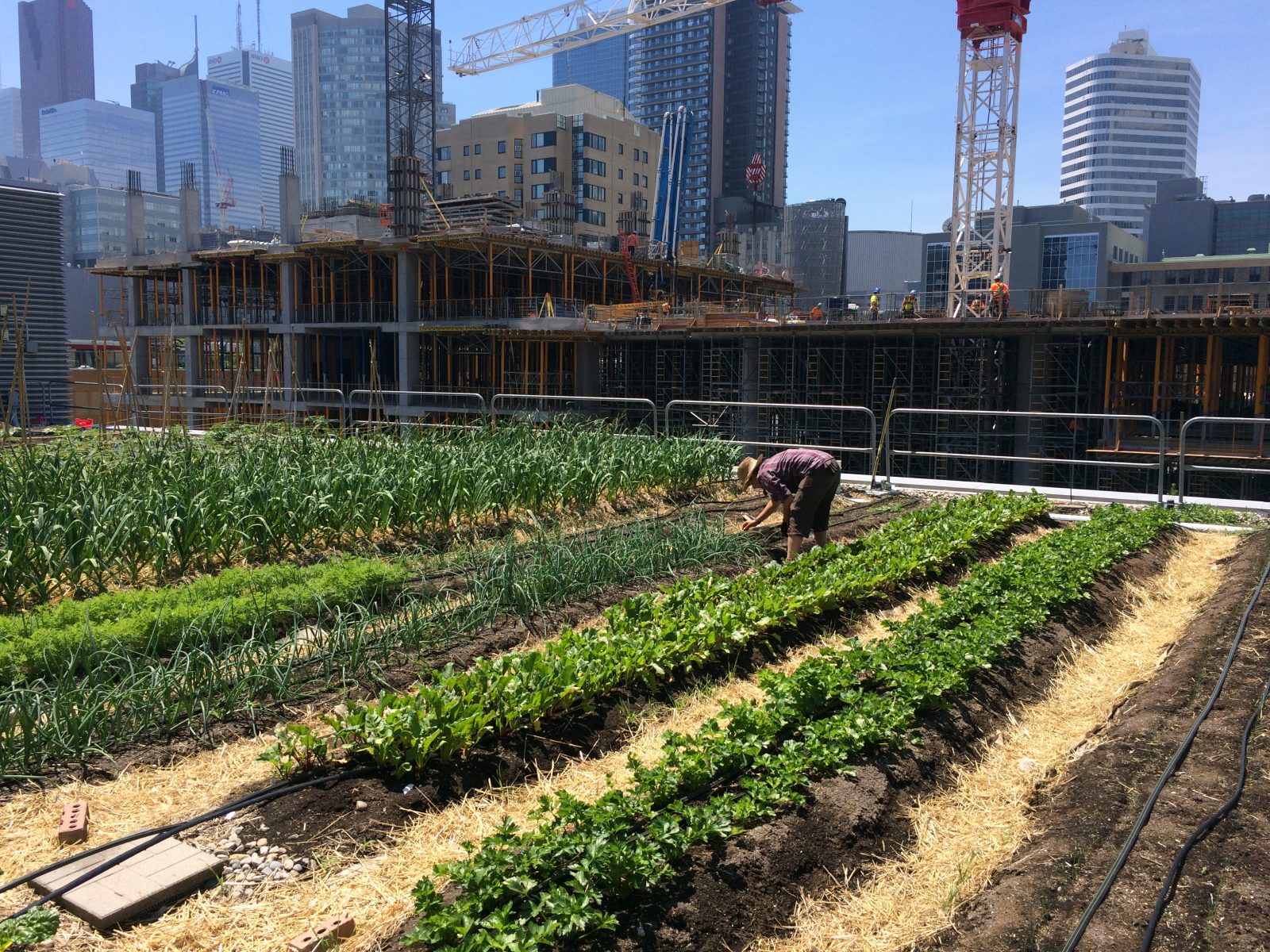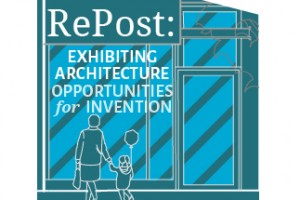Alexandra Hucik profiles the new exhibition in Design at Riverside, Carrot City.

Image credit: Ryerson University Farm, Roots and Bulbs, 2017. Photo: Jayne Miles.
The traveling exhibit Carrot City will be planting its feet for the first time in Cambridge this fall at the Design at Riverside Gallery, with an opening event Monday, October 2nd. The exhibition showcases a range of design projects from across Canada that create spaces which enable food production within our cities. Carrot City explores the potentials of urban agriculture as a solution to the increasing disconnect between cities and food production in the 21st century, framing it as a design issue for architects and urban planners.
Historically, agriculture was closely tied to the city, the two developing simultaneously, as a city’s growth was limited by its access to food supply. This changed in the twentieth century with the invention of the railway, which allowed food to be produced further away from the city and transported in from other regions. This marked the beginning of the transition from a local to global food system, as cities are no longer dependent on geographical proximity to farms for access to food, and urban sprawl has pushed agriculture further away from the city. At a time when the distance between where we live and where our food comes from is greater than ever, there is a growing interest in urban agriculture as a result of shifting consumer attitudes, climate change mitigation efforts and global concerns over food security.
The Carrot City Initiative considers the role that designers, architects and planners can have in helping reintroduce agriculture into the city. The integration of food production into our urban environments gives people access to locally-grown food as well as the opportunity to participate in the food system as “co-producers, not (just) consumers.” Incorporating spaces for urban agriculture into the dense urban fabric is a challenge – but one that has the potential to transform the design of buildings and urban spaces in future cities.
The projects featured in the exhibit examine how design can influence the built form at different scales, as they introduce community gardens, greenhouses, farmers markets and productive landscapes into Canada’s major cities. Presented as a series of posters and a collection of artifacts, the projects are divided into four main categories: Community & Knowledge, Rooftops, Housing, and Components. Many of them take what are traditionally some of the most underused or neglected spaces in a city – such as rooftops, parking lots, or old industrial buildings – and utilize them as spaces for food production to the benefit of the community. The initiative however is not just about making food more accessible in urban areas, but views urban agriculture as an important component in creating cities that support a more sustainable way of living.
The Carrot City Initiative began as a research group consisting of faculty and students from the Architectural Science Department at Ryerson University. A conference they hosted in 2008 led to the development of a traveling exhibit that was first shown in Toronto in 2009, and since has been shown in dozens of city across the world. For more information on the Carrot City Initiative or to explore their database collection of projects, visit www.ryerson.ca/carrotcity.
The exhibition runs from September 25 – November 12, 2017.
Opening: Monday, October 2, 7:00pm
Alexandra Hucik is a graduate student at the University of Waterloo School of Architecture.





Leave a Reply